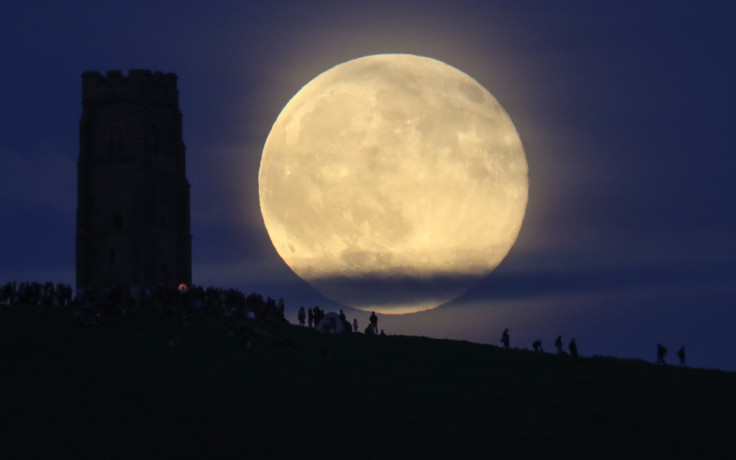Watch Out For Friday Night's Full Strawberry Moon, Eclipse
KEY POINTS
- The full Strawberry Moon and penumbral lunar eclipse are happening Friday
- The eclipse can only be observed in some parts of the world
- The Strawberry Moon is the last full moon of spring
Sky watchers will be in for a treat on Friday night because of the full Strawberry Moon and the penumbral lunar eclipse. Although the eclipse will only be visible in some parts of the world, anyone can still enjoy the sight of the last full moon for spring.
The full Strawberry Moon will occur Friday (June 5) at 3:12 p.m. EDT. The moon will technically be full only for a moment, but, on Earth, it will appear full for several days, this time from early Thursday morning until early Sunday morning, according to NASA .
The Old Farmer's Almanac explained the Full Moon is called a Strawberry Moon because the Algonquin tribes named it after the fruit’s harvesting season in the northeastern United States. Another name for it is the “Rose Moon,” possibly because of the roses that bloom in June or the reddish color of the moon in Europe this time of the year.
The Strawberry Moon will coincide with a penumbral lunar eclipse, which means people in some places like Australia, Asia, Africa and Europe may see the moon change from white to a slightly darker color on Friday at 7.25 p.m. UT (3.25 p.m.).
The eclipse will not be visible from North America but it will be so subtle that even those you can view it might not see a very noticeable change. That said, it would still be a good time to see the last full moon of spring before the summer solstice later in the Month.
There are some superstitions surrounding the full moon and the lunar eclipse. According to the Old Farmer’s Almanac, in some cultures, eclipses are considered bad omens of death and destruction. They are believed to be dangerous for pregnant women and young children, which is why some cultures do not allow them to go out of the house during an eclipse.
Other cultures, however, see eclipses as a time for change. For instance, some Native American tribes believe lunar eclipses are a sign of transformation on Earth, while a South African myth sees them as a fight between the Sun and the moon, and views the event as an opportunity for people to come together and resolve conflicts.
There are many beliefs about how the full moon affects people too, from increases in number of births to misbehavior. But, perhaps the most pervasive belief about the event is that it causes lunacy. Also known as the "Transylvania effect," it is the belief the full moon causes people to go mad. In fact, the word "lunacy" comes from the Latin word for moon: luna.
No matter what people may believe about the full moon and the eclipse, these are sky events many people would want to watch out for before the annular solar eclipse on June 21.

© Copyright IBTimes 2024. All rights reserved.






















